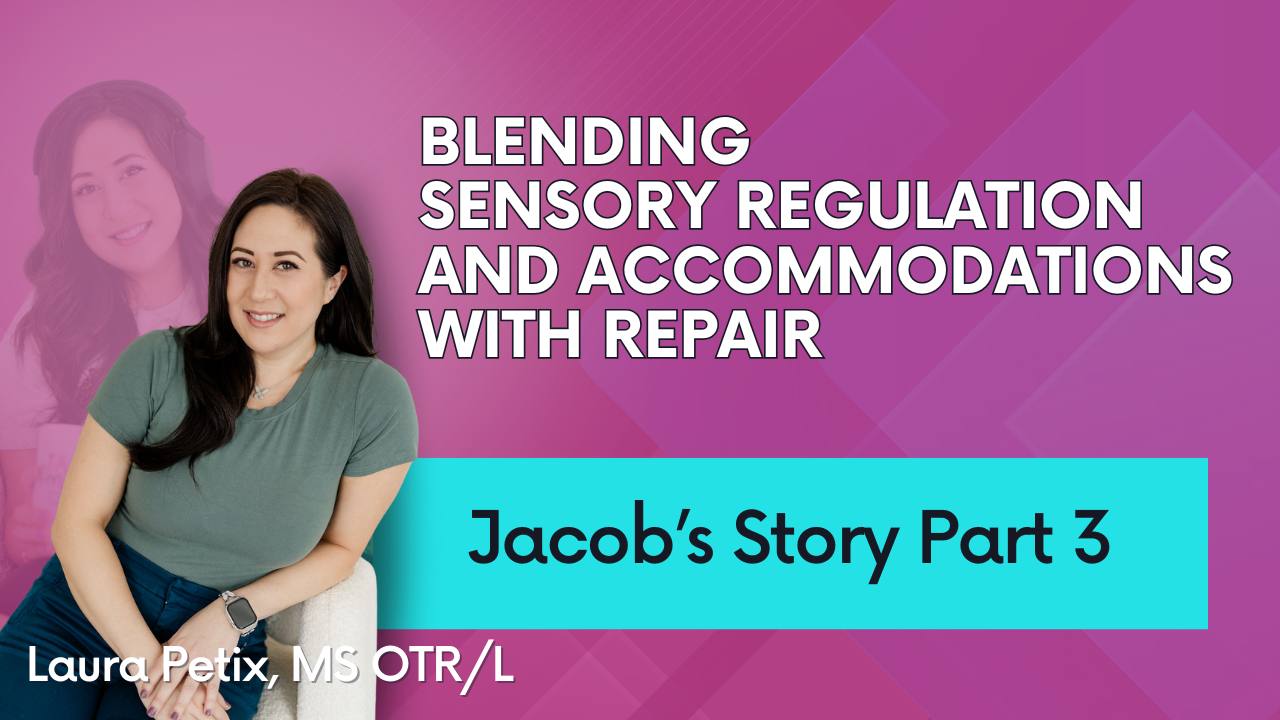Will he ever grow out of this?

Welcome to part 2 of Blake’s story.
Since proprioception is one of the main areas of focus for Blake, we’ll be splitting it up into two parts. Today we’ll talk about how Blake’s parents can support his high need for heavy work at home and how they can think of supporting these needs long—-term. Next week we’ll talk about how Blake’s high threshold for proprioception may be affecting his friendships and how to help him self-advocate.
[Click here to go back and catch up on Blake’s story]
Blake’s insatiable appetite for jumping, crashing, climbing and bumping
If you were to peer into Blake’s living room on any given afternoon, there’s a 99% chance you’d find him building a fort out of couch cushions and finding the highest surface to jump off of into the crash pile.
When he’s not jumping and crashing into a pile of cushions, he’s running full force into his parents like a bull.
He does this not during a meltdown, but at random times, happily and gleefully. His sweet parents both admit they try to endure as much of this as possible because they recognize the need, but are desperately trying to find alternatives to redirect him to, especially as he becomes bigger and stronger.
His dad recounts even in his infancy, he would kick his feet against his parents’ bodies and unintentionally kick himself out of their arms. He also has a high threshold for pain, often not recognizing when he’s injured himself and never remembering where he got a bruise from.
Filling Blake’s sensory cup
Blake’s parents have done a great job so far of being flexible in their home, allowing Blake as much opportunity as possible to jump and crash and bump—but adding structure to his activities may be more regulating for everyone involved.




